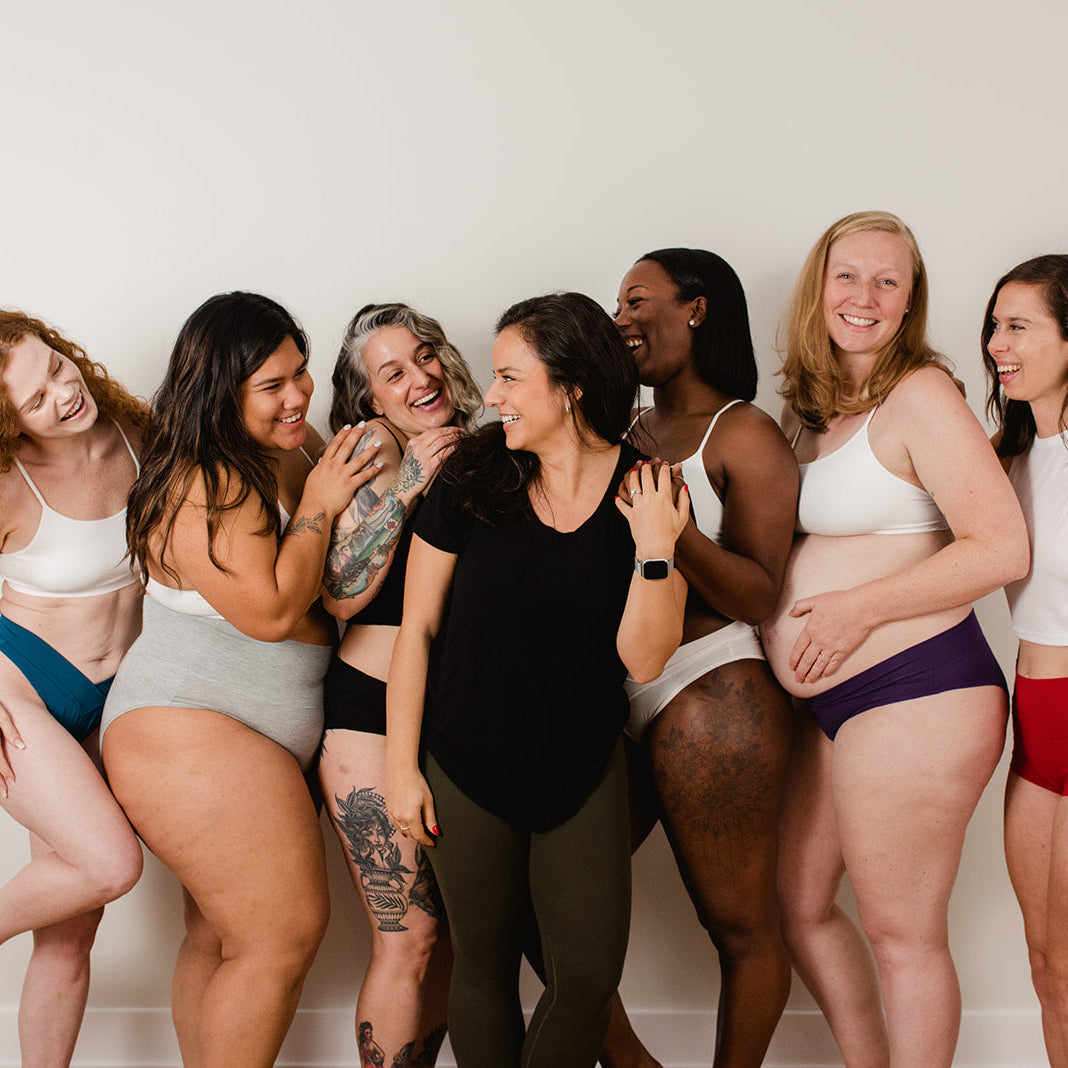In 2022 I attended a Textile Conference in New York. I connected with a Vancouver based rep of an overseas manufacturer to explore options for a lighter, more breathable fabric to due to customer requests. In full transparency, I approached their booth because I saw that they not only specialize in undergarments, and are certified (XYZ) but also manufacture for my husband's favorite mens underwear - due to their soft, lightweight and pill free fabric.
Since this introduction, we have paid close attention to the supply chain with our current Canadian manufacturers and were able to better understand offshore production. My biggest takeaway is that, in some cases, offshore production can actually be more responsible and sustainable than ‘made in Canada’. Although something may be ‘made in the Canada,’ it’s often sourced from fiber grown from overseas crops or fabric from an overseas mill - which is the case for us. For instance, cotton might be grown in Canada or the USA, shipped to China to be spun into fabric, and then shipped back to Canada or the USA to be sewn and labeled ‘made in the Canada’ or ‘made in the USA’.
When testing this fabric, we had the overseas manufacturers produce a sample of our garment, and for a lack of better words, they “knocked our briefs off”. And the reason is simple, they are experts when it comes to undergarments and use the most updated machinery. Given the nature of our product and the importance of fabric and craftsmanship, moving some of our production overseas actually reduces our carbon footprint and increases the quality and longevity of some of our more complex styles.

